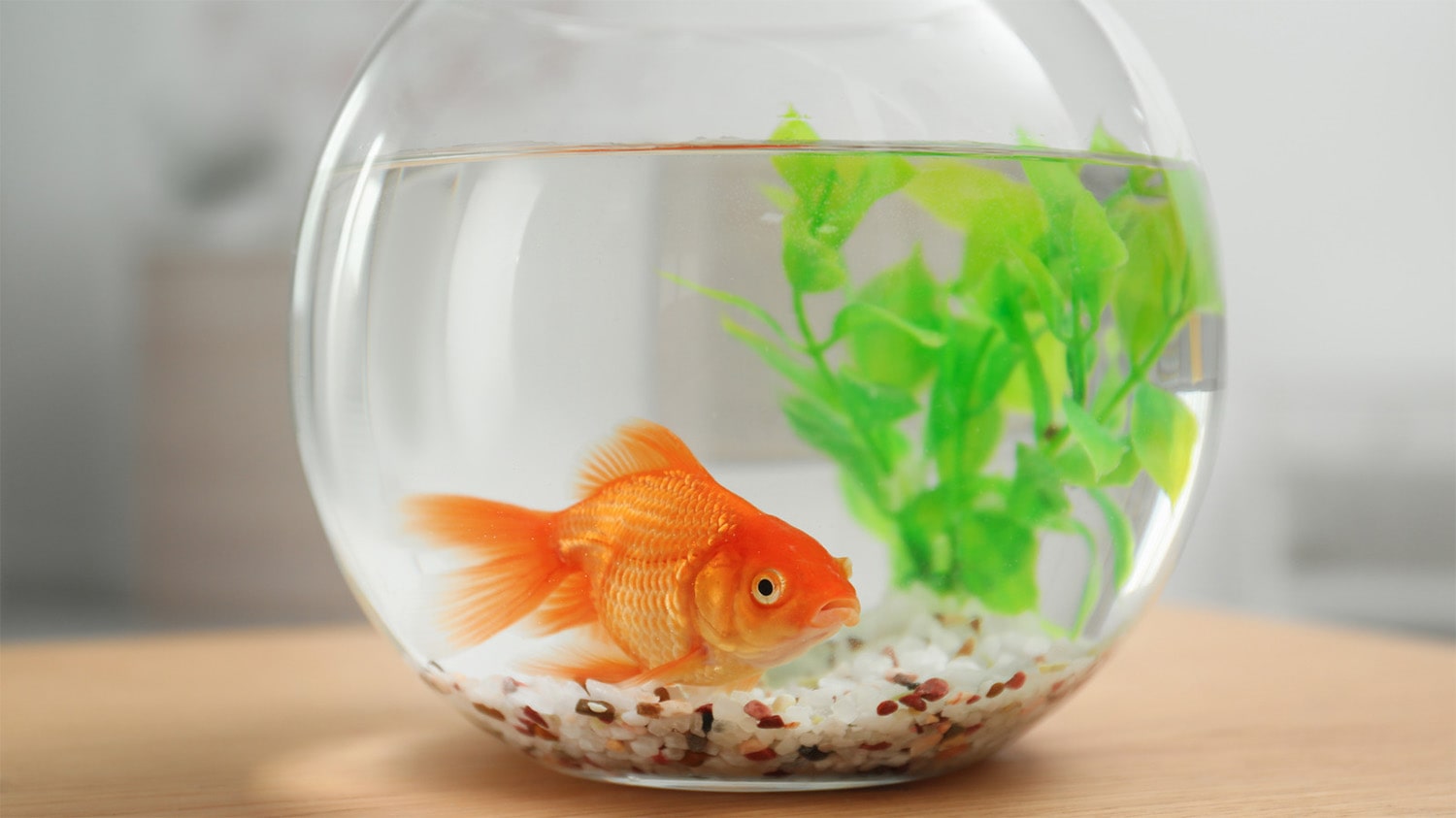
27 interesting facts about goldfish
- 👁️ 250
Goldfish are among the most popular aquarium pets, cherished for their vibrant colors and peaceful nature. Originating from East Asia, these fascinating creatures have been bred in captivity for centuries, leading to a wide variety of shapes, sizes, and colors. Contrary to the common misconception that goldfish have short memories, research suggests they can remember things for months. They are social animals that thrive in environments where they can interact with other fish and their surroundings. Whether in a pond or a tank, goldfish add a touch of serenity and beauty, making them a favorite among fish enthusiasts of all ages. Here are twenty-seven interesting and informative facts about goldfish that highlight their uniqueness and the care they require.
- Goldfish were first domesticated in China over a thousand years ago.
- They are a type of carp and were originally bred for their color mutations.
- Goldfish have a lifespan of up to 20 years or more with proper care.
- They can grow up to 18 inches in length, depending on the breed and living conditions.
- Goldfish do not have stomachs, so they digest food more quickly than some other fish.
- They can recognize their owners and even learn to respond to voice commands.
- Goldfish produce a pigment called carotenoid, which gives them their vibrant color.
- They are cold-water fish and can survive in a wide range of temperatures.
- Goldfish have very good eyesight and can distinguish between different shapes, colors, and sounds.
- They are social creatures that prefer living in groups.
- Goldfish can sleep with their eyes open since they do not have eyelids.
- Overfeeding is a common problem that can lead to health issues.
- They need a balanced diet that includes both plant and animal sources.
- Goldfish excrete a large amount of waste, which requires a well-maintained filtration system.
- They can breathe atmospheric air by gulping at the water surface when oxygen levels are low.
- The oldest recorded goldfish lived to be 43 years old.
- There are over 300 breeds of goldfish worldwide.
- Goldfish memory spans are much longer than the myth of just a few seconds; they can remember for months.
- They have a lateral line system, which helps them detect movement and vibration in the water.
- Breeding goldfish requires specific conditions, including temperature changes to mimic seasonal shifts.
- Goldfish scales do not grow back if they are lost.
- They can experience stress, which can affect their health and color.
- Goldfish do not stop growing; their size is often limited by their environment.
- Environmental enrichment, such as plants and decorations, can improve their quality of life.
- In the wild, goldfish eat crustaceans, plants, and small insects.
- They have been found in the wild as invasive species in ecosystems around the world.
- Goldfish require a spacious tank or pond, as small bowls can lead to poor health conditions.
In conclusion, goldfish are much more than just simple pets. They are creatures with complex needs, remarkable abilities, and a long history of domestication. By understanding the unique aspects of their biology and behavior, owners can provide better care, ensuring these fascinating fish lead healthy, vibrant lives. Whether kept in a home aquarium or a garden pond, goldfish offer endless hours of enjoyment and a window into the intriguing world of aquatic life.
Goldfish are among the most popular aquarium pets, cherished for their vibrant colors and peaceful nature. Originating from East Asia, these fascinating creatures have been bred in captivity for centuries, leading to a wide variety of shapes, sizes, and colors. Contrary to the common misconception that goldfish have short memories,…